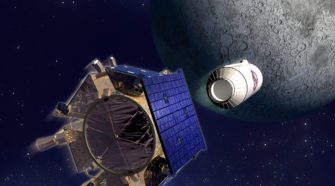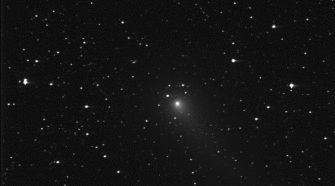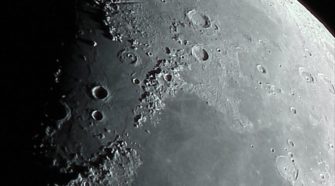Week 25
This Week in History: June 14-20
JUNE 14, 1770: The renowned French comet hunter Charles Messier discovers a moderately bright comet in Sagittarius. 2½ weeks later this comet passed just 0.015 AU from Earth, the closest confirmed cometary approach to Earth in history. The comet, named after Swedish mathematician Anders Lexell, who computed its orbit, was later perturbed into a much …
Comet of the Week: LINEAR C/2001 A2
Perihelion: 2001 May 24.52, q = 0.779 AU At the beginning of the 21st Century the discovery of comets and near-Earth asteroids was dominated by the first of the comprehensive sky surveys, the LIncoln Near-Earth Asteroid Research (LINEAR) program run by MIT’s Lincoln Laboratory and based at White Sands Missile Range in New Mexico, that …
Special Topic: Lunar and Planetary Impacts
Ever since the Italian astronomer Galileo Galilei turned his primitive telescope towards the moon on November 30, 1609 and saw them for the first time, we’ve known that the moon is covered with craters. These come in all sizes, from very large ones several hundred km across down to meter-size and smaller. For a long …



